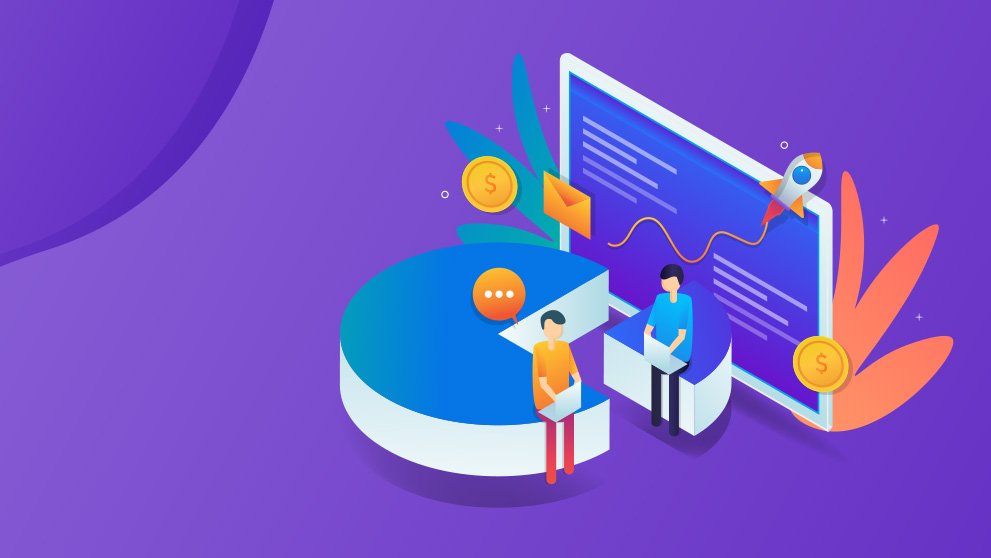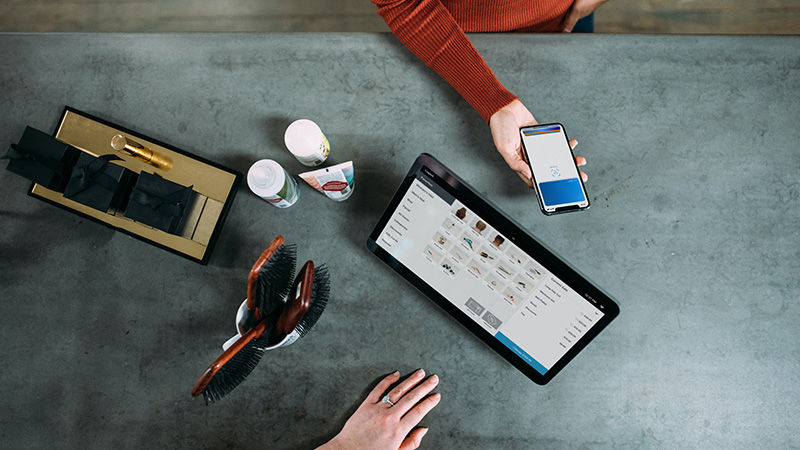Affiliate marketing generates 16 percent of all online orders1. That’s big business. but what is it, and how can you use it to grow your e-commerce sales? Read on for a step-by-step guide.
How can you attract customers to your website? If you’re an e-commerce business owner, chances are that question occupies your mind for a substantial part of the day.
Your marketing strategy likely includes one, or preferably a combination of the obvious channels: paid-for adverts, social media and SEO optimization in order to attract customers. But there’s one marketing program that’s a nothing-to-lose option – you won’t have to invest any money upfront and you’ll only have to pay a fee once a sale has been made. Step forward affiliate marketing.
What is affiliate marketing?
Affiliate Marketing involves partnering with a more established e-commerce brand or platform that attracts the type of customers you are looking to entice and asking them to promote your product or service to their audience. In return, you give them a percentage of revenue from each sale they generate which they take as commission.
Let’s say, for example, you have an e-commerce site selling luxury sunglasses. You approach a high-end lifestyle blog and ask it to include your product in its ‘Must Have Holiday Buys’ roundup, with a ‘click to buy’ link through to your website. Your product gets seen by a larger audience and reach your target market, which increases your chances of making a sale, and the blog's owner receives commission for each pair of sunglasses sold. Win-win.
The five benefits of affiliate marketing
- Low financial risk – you only pay commission to your affiliate partner once a sale has been made
- As a small business, you can reach a big audience for a much lower cost than paying for impressions
- If you’re selling a niche product, working with a specialized affiliate partner can help you reach your target audience
- Consumers are more likely to buy a product from you if it’s been recommended by a trusted website or someone they value: almost half of shoppers consider the views of bloggers and editorial content sites before making an online purchase2
- Affiliate marketing can boost your website’s SEO ranking, as it will benefit from the backlinks from your affiliates’ blogs, social pages and websites
So, it’s no surprise that 80% of brands3 have used affiliate marketing at some point!
How to get started
Step 1: Find the perfect affiliate partner
Your first stop when searching for an affiliate partner should be an affiliate network. Think of it as an intermediary who will connect you (the ‘affiliate program’) with thousands of content creators (the ‘publishers’) who can promote your product – everyone from bloggers, to social media influencers, to dedicated discount websites.
Affiliate networks operate as an ‘all-in-one’ solution that will give you technical support to set up your affiliate program, track generated sales, handle commission payment to your publisher(s), and share performance analytics with you (such as customer engagement and sector analysis.) By joining an affiliate network, you won’t have to invest in any additional affiliate tracking solutions.
Beware though; affiliate networks charge fees for their services, so shop around to find one which suits your budget. If you’re a small business, an affiliate network with commission-based fees may suit you better than one with monthly fees, so that you only have to start paying once you’re making sales.
Sportswear brand Gymshark4 is a great example of a brand utilizing an affiliate network to drive growth. It works with leading network Awin5 to access voucher platforms, student sites and blogs used by its target market of 18-25-year olds. The brand invests time and money to nurture its relationships with these publishers to ensure the content produced is top quality, on brand, and ranking highly in search engines – it even has an academy to support new talent. Publishers are compensated based on their performance, where Gymshark can directly attribute sales to them.
Founded in 2012 by British university student Ben Francis, Gymshark has always worked innovatively to ensure maximum returns on its marketing budget. Right from the start, the brand leveraged the power of social media to promote itself, sending free clothes to fitness influencers with large followings, in the hope they’d wear and post about the products.
“Social media has always been an organic and natural process [for marketing], because that’s how we are connecting as friends and how we’re following our heroes. It was a really natural way of showcasing the products, brand and communities we were trying to build online.” - Ben Francis, Gymshark Founder6
Affiliate Marketing and influencer partnerships have helped Gymshark build an active community of passionate followers online – achievements reached for a much lower cost than paid-for advertising.
Of course, you might want to skip the affiliate network route and reach out to publishers yourself. Perhaps you have a specific website in mind that you know is a perfect fit for your product, or maybe you’ve discovered a blogger who regularly reviews products from within your market sector, feel free to contact the blogger directly. Either way, remember to perform a thorough analysis of their platform to check their audience demographic matches your desired customers. Tools like SimilarWeb can help you identify a website’s visitor numbers, bounce rate, consumer intent, and demographic makeup.
Step 2: Decide on commission
Once you’ve chosen an affiliate partner, you’ll need to agree on a commission rate. The more generous you are, the more incentivized the publisher will be to really promote your product in the best way possible. And remember, the return on investment (ROI) you make here goes beyond the initial sale; you’ll have access to new customers you can remarket to time and time again.
Step 3: Add incentives
A good way to encourage customers to buy is to offer them exclusive deals or discounts. They’ll be more likely to click on the publisher's link to your product if there’s a promotional code or limited offer attached, so consider what you could do to attract the customer.
Step 4: Track your progress
As mentioned in Step 1, if you’re running your affiliate program through an affiliate network, you’ll already be given some basic tracking tools to help you monitor sales generated. But, if you prefer to find an affiliate publisher yourself, you can run a tracking program in-house, using affiliate program software.
Affiliate tracking software solutions provide the interface and infrastructure needed to manage your affiliate program, allowing you to set up rules and policies, add products and creatives, track leads and sales, communicate with affiliates, manage payments and more.
Of course, all this comes with a price – either a one-off fee or a subscription – yet you may find that it’s more cost-effective in the long term compared to paying commission to an affiliate network.
Three Affiliate Networks to get you started
PeerFly7 claims to be the fastest-growing affiliate network in the world, boasting 75,000 active publishers in 165 countries, who have generated over 8 million leads and sales to date.8
Awin9 works with over 13,000 active advertisers and 100,000 publishers, primarily in Europe, although the US network is growing rapidly.7 It works in all verticals but is most heavily orientated towards financial, fashion, sports, beauty, home and garden, and travel products.
ShareASale10 is one of the biggest affiliate networks in the world, and offers merchants impressive features including real-time tracking of banner clicks and sales made, tools to segment and group affiliates, and training webinars to help them boost their performance.
A final – and important – point to consider when choosing an affiliate publisher: remember to look at the bigger picture. If you choose carefully and invest in a partner for the long term, you can build a strong community of brand ambassadors whose promotion of your product will seem more authentic, as Gymshark has done. “[Regarding] the athletes we work with, we want to create a real, strong team that speaks to our values. We work with them for a long, sustained period of time” founder Ben explains11.
Affiliate marketing should be just one part of your brand’s e-commerce strategy. Speak to a DHL expert today to discover other ways to help your business grow.







